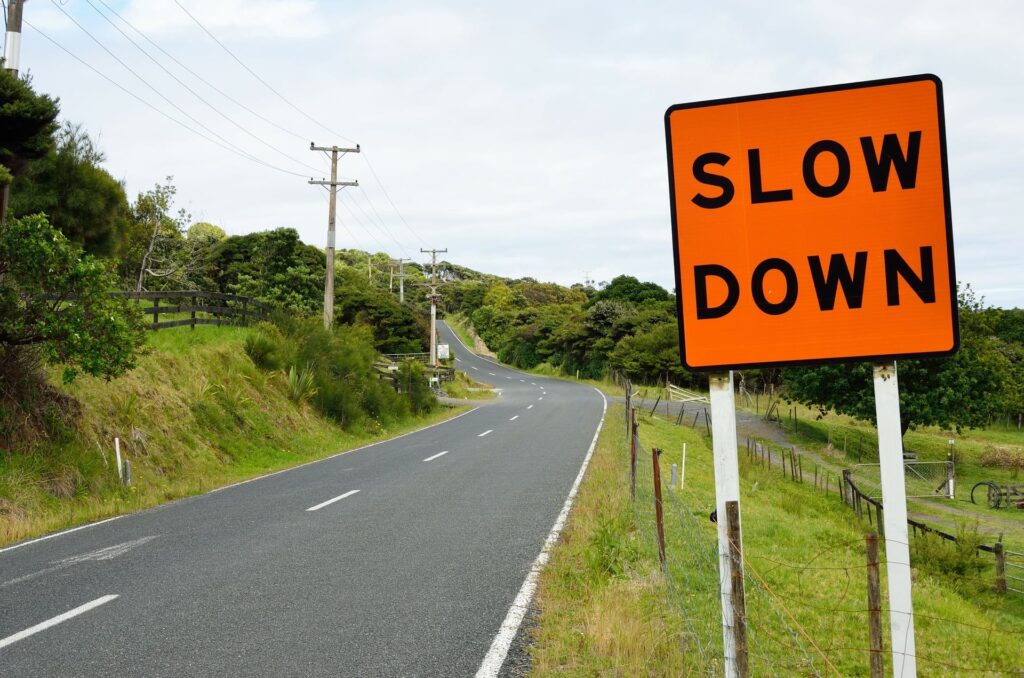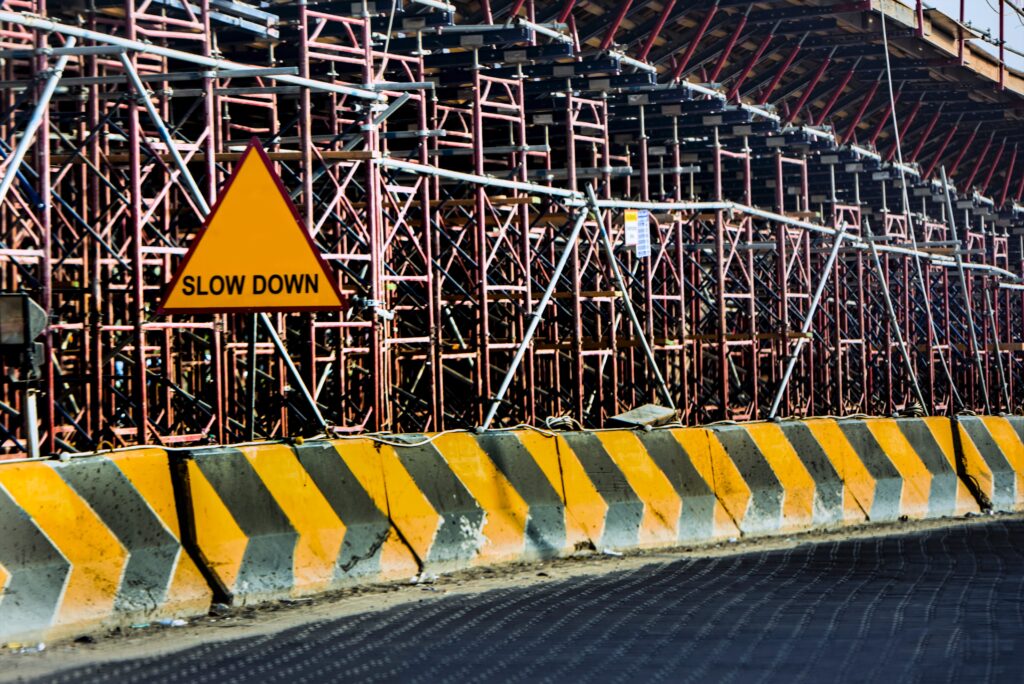Using Curiosity to Stay Slow in Slow-Fencing

You may already know that I’m an advocate of slow-speed fencing. However I also know that slow fencing is often difficult for new adopters who frequently jump in speed and tension as their attention swings around inside the encounter. Today I want to share an idea that can help you stay slow and develop your overall fencing brain while doing it.
Essential Skills
Slow fencing is not about winning, it’s about learning and conditioning one’s body to be an effective fighter in a complex situation. Before you can worry about scoring hits in the slow environment it is essential that you develop the skills of slow, flow, and observation.
- Slow: The ability to stay slow and not suddenly spike in speed, no matter the stimulus.
- Flow: The ability to continue movement from one action to the next without adding tension or stiffness, avoiding the pauses in rhythm that come from them.
- Observation: The capacity to take in everything going on between you and your opponent through all your senses.
In my experience, those students who focus on winning and not getting hit in slow work (and in other types of fencing) tend to react more impulsively, have a hard time going slow or staying relaxed, and are often least aware of what is actually happening in the exercise.
They also take a much longer time to develop the ability to flow and move fluidly and powerfully with the changing environment of combat. They are always a step behind—reactionary—and not strategically proactive.
Question, not Competition
To new fencers in the school, when we first introduce them to slow fencing, I tell them to put on an attitude of curiosity instead of one of competition. Approach each bout in slow combat exercise with a question:
- How does my opponent respond to this attack?
- What types of attack do they employ most often?
- How close can I get to them and still protect myself?
- How long can I maintain control of their sword?
- What leads to the loss or win of a particular crossing or contact?
These questions act as instigators of curiosity and as challenges that push your ability to observe and to enact combat objectives outside of hitting and not being hit. When you approach with a non-competitive question you are able to focus more on observation, flowing, and staying slow. Being struck or striking your opponent fade to the background and you can pay more attention to the overall fight.
Prevailing Wisdom
The reality is that at full speed a reactive desperation to parry or an opportunistic desire to hit at all costs often create tunnel vision and lead to unwise actions, overextension, and exaggerated movement. These are all leading causes of losing bouts, not winning them.
It takes time and practice to get good at slow work, but like a mantra in a meditation, a question can give you an anchor for refocusing your mind and staying grounded in the objectives of the practice. When you find your mind anxiously leaping to defend, or strike into an opening, relax and refocus on answering your question, on observation and curiosity.
The best fighters use tone and speed only when the opportunity most calls for it. In this way they become strategic and surprising to their opponents. Remember “Slow is smooth; smooth is fast.”
Slow fencing is an interesting topic—what do you think of it and how do/would you use it in your training? Leave me a comment below, and thanks!
Devon




I understand the concept of what you are referring to, frequently I use it when sparring students (primarily unarmed combat). How do you deal with, for lack of a better term, the “spastic” ones. I frequently see new students who are “all go & no slow”, they tend to run into the techniques coming towards them, and seem to have no grasp that in a non-sparring environment they would have been hurt, sometimes quite badly. Often I’ll admonish them to slow down, focus on footwork, combinations, etc. Frequently though, the only solution that “takes” is to put on the sparring gear and illustrate why it’s a bad idea (a little pain now in practice, for a better result in time of need).
In many ways the “spastic” student is the person most in need of slow training. They’re burning energy all over the place, they’re jumping at shadows (so they’re easy to deceive), and they’re most likely to put themselves off balance, with little help from their opponent.
Being all over the place can come from a few different places:
1. Lack of ability to control and coordinate their body. When they try to move a slow distance, they move a large distance, when they try to go left they go right.
2. Physical/mental dissonance. Here the student believes that their body is one place, when in fact it is in another. Then when they realize the dissonance they try to resolve it by moving suddenly and quickly. The reality is that at full speed this same thing will happen, but they won’t be able to collapse the distance fast enough or with control and will end up flailing.
3. Non-commitment to the exercise. Which can be competitiveness at the wrong time (as I describe here) or a lack of understanding or buy-in to slow sparring.
Sometimes putting on the gear can be the right way to do it. Or if you don’t want to gear up, creating a controlled exercise where you can increase the speed in a way that demonstrates the outcome without actually making critical contact. I find this works best with a skeptical student who is falling more into that category 3. They need to experience a direct payoff or consequence to get on board.
For the first two types of student, a teacher needs to help them compassionately embrace that they’re not yet in control of their bodies (or their perceptions of their bodies) and paint them a picture of what’s possible if they were. If the student can come to terms with this then you can show them how slow sparring will help them develop this control. What I recommend is a more sophisticated program than I describe here that involves:
1. Super slow drill and sparring. You can go so slow that it really makes you sweat (especially if you make your students get deep in their postures). I’ve made some of my fittest students cry for mercy just with slow and deliberate exercise. Our Speed 1 is essentially as slow as you can go and still be moving. It’s powerful for developing proprioception and structural strength and balance.
2. Scaling speed drilling and sparring. Start super slow, then build it up, and build it up, when it falls apart, slow it down again. Bring the presence of high speeds to slow speeds, and the control and smoothness of slow speeds into high speeds.
3. Video. Sometimes a student needs to see themselves to understand what’s going on and to see the difference.
I find if I can get a student to agree to a course of this training for a few weeks they’ll see results. Once they start seeing results (even if its just in their structural health) they’ll still to the program on their own afterward.
With someone who is out of control of their body the result of finding what it’s like to be in control and to externally look smooth and not “spastic” is often a big payoff. Then comes more success combatively which is also addictive.
Hope that’s some helpful additional thoughts. Thanks for the comment.